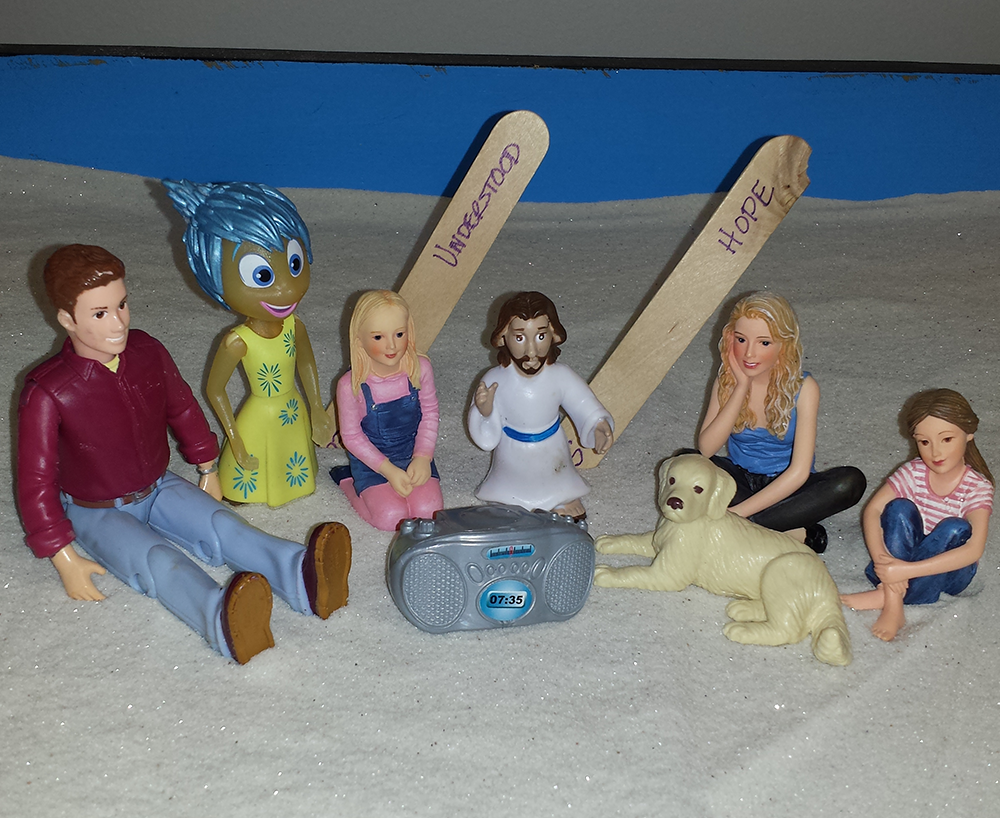Sand Tray Therapy
Margaret Lowenfeld, a British pediatrician, is often thought of as the first person to use sandtray as a therapeutic technique. She developed a way to create three-dimensional scenes combining small toys, paper, metal and colorful trinkets. Her approach was called the World Technique and served as a means of communication between a scene builder and an observer. The scene builder provided insight to the observer through building an inner world view in the sand tray.
Dora Kalff trained under Lowenfeld and soon combined the World Technique with Easter philosophy, Neuman’s system model, and Carl Jung’s theory of individuation and named it sandplay therapy to distinguish it from Lowenfeld’s World Technique.
What’s the difference between Sand Tray and Sandplay Therapy?
While both approaches use a sand tray in a threat-free environment, sand tray therapy may incorporate various theoretical orientations, while sandplay is grounded in Jungian psychology. Sand tray provides a momentary experience that is directive or non-directive in nature that deals with current issues and facilitates growth. This form of therapy relies heavily on the relationship between the therapist and client. Sandplay therapy focuses on the unconscious mind and providing a space that is open and protected for clients to communicate non-verbally, while avoiding interpreting what the client is experiencing.
What is your approach to Sand Tray?
I enjoy the freedom clients experience when they work in the sand tray. Adolescents often find this an easier form of communicating pictures of how they see their world, their relationships and the challenges they face in this developmental stage. For adults, it is a way to picture how they see relationships, problems or even events that were outside their control and talk/work through them using dramatization. My basic approach is “show me how you see it” which keeps the focus on the client instead of trying to interpret what the client means.
Many adult clients will use the tray as a way to decompress by playing in the sand with their hands or using a rake, which creates a sense of calm and brings high sensory motor anxiety to a more regulated level as they share their experiences or issues.
I use the Sand Tray by integrating Brainspotting to provide a more complete process toward emotional regulation. For example, a car accident can be dramatized in the sand tray for visual understanding of how the client saw it occur. I will then use the picture in the sand as a Brainspot, noting the activation level 0-10, and invite the client to use the tray as the activation spot. I then find a body resource and resource Brainspot as needed to aid in processing.
Freedom, Health, and Wholeness
Kimberly Wallace LPC LLC
2852 Johnson Ferry Road, Suite 100
Marietta, GA. 30062
404-906-9831

